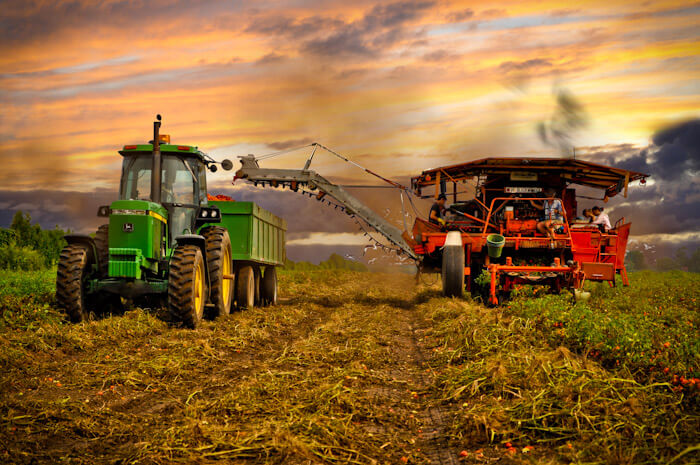- Get link
- X
- Other Apps
 From farm to table, much about food production has changed — for both farmers and consumers. Like any other business, farmers must adapt to a changing world — one that will see its population grow to 9.6 billion by 2050. With finite resources, it will take innovation and a variety of technologies to meet the world’s food demand. This includes using new technologies like biotechnology (also referred to as genetic engineering), which can help produce more food on the same amount of land, without having to destroy wildlife habitats.
From farm to table, much about food production has changed — for both farmers and consumers. Like any other business, farmers must adapt to a changing world — one that will see its population grow to 9.6 billion by 2050. With finite resources, it will take innovation and a variety of technologies to meet the world’s food demand. This includes using new technologies like biotechnology (also referred to as genetic engineering), which can help produce more food on the same amount of land, without having to destroy wildlife habitats.A 2014 study by the International Food Information Council (IFIC), “Consumer Perceptions of Food Technology,” shows that more than seven in 10 consumers agree that modern agriculture –conventional farming using today’s modern tools and equipment — can be sustainable and produce high-quality, nutritious foods. The survey also underscored that two-thirds (66 percent) of respondents say it is important that their food be produced in a sustainable way, including producing food affordably with the same or fewer resources, in a way that is better for the environment.
“When consumers understand the potential benefits that technology in food production can have for both people and the planet, they can get behind it,” said Marianne Smith Edge, MS, RD, LD, FADA, and senior vice president of Nutrition and Food Safety at IFIC. “People need to know what’s in it for them.” To this point, of consumers who ranked these factors of sustainability as important, most believe there is a role for biotechnology:
* Ensuring a sufficient food supply for a growing global population
* Producing more food with fewer natural resources
* Conserving the natural habitat
* Reducing carbon footprint
To address increasing interest in how our food is produced, IFIC Foundation provides a glimpse of modern agriculture in its new animated video, “Your Food, Farm to Table,” showing how farmers in the U.S. and globally are working to produce our food year-round, including using technology to safely produce more food, while putting less stress on our natural resources. With more “precise” information at their fingertips, farmers can be more selective with supplies and resources such as fertilizers, pesticides, tractors and other fuel-run equipment, and irrigation water. As a result, they can reduce carbon dioxide (CO2) emissions, pesticide applications, soil erosion and water run-off — in turn, improving sustainability.



Comments
Post a Comment